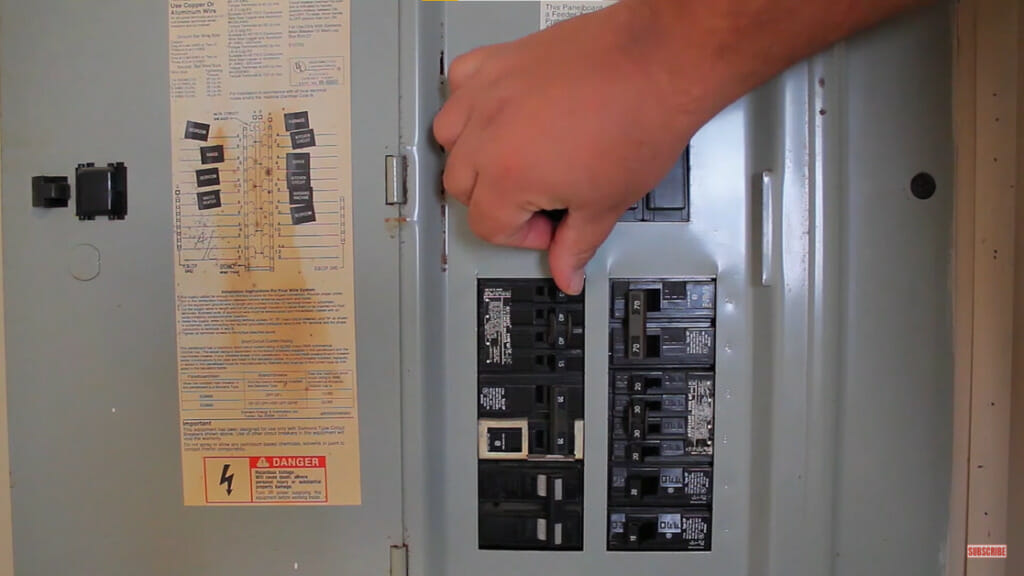Is My Thermostat on The Same Breaker as the Furnace?

Are you planning to replace your thermostat but can’t find its circuit breaker?
A thermostat is on the same breaker as the furnace if you use a centralized HVAC system. A centralized system has all components connected to a single circuit breaker. Otherwise, the thermostat’s breaker is the same as whichever component it draws power from. This could be the furnace, air conditioning, or any other component of the HVAC system.
Continue reading to find out which circuit breaker your thermostat is connected to.
Furnaces with a Single Circuit Breaker
Most homes have a centralized furnace that controls all temperature-related appliances on the property.
This furnace is part of a central HVAC system. The central HVAC uses only one circuit breaker for all of its components. The temperature of the household is controlled using the air conditioner furnace thermostat. Turning off the circuit breaker switch will cause the entire HVAC system to shut down.
The thermostat acts as the control switch for the HVAC system. It turns on the power of the air conditioner heater and sets it to a certain temperature.
All the components of centralized HVAC systems are interconnected.
The main drawback of this system is its usage of a single breaker. If one component trips the breaker, the others will automatically shut down. For example, the furnace and thermostat will power off if the air conditioner fails. On the other hand, this serves as a preemptive measure to prevent more serious complications like a circuit breaker blowing a fuse.
Furnaces with Multiple Circuit Breakers
Some furnaces have to use dedicated circuit breakers for each of their components.
An HVAC system can use multiple circuit breakers to control each system. This is generally done for energy-intensive HVAC systems, as it’s safer to have each component on its breaker.
The power thermostat is directly drawn from one component. It controls the heating and cooling of whichever component it is connected to. The downside of multiple circuit breakers is that you will need to determine which component supplies the thermostat power.

It’s easy to track down the thermostat’s circuit breaker if you’re familiar with the HVAC system’s circuit connection. Otherwise, you’ll need to test each circuit breaker electrical panel. It can be connected to the air conditioning, furnace, or other HVAC components. Observe which one the thermostat power will respond to. In most cases, the thermostat is connected to the heating and cooling components.
Separating the thermostat from the component’s circuit breaker is a difficult task.
You’ll need to reconnect the thermostat to a different component, for example, the air conditioning, to power it. This is easier said than done. Aside from fixing the air conditioner wiring thermostat, you’ll need to rewire all the components to ensure they’re fully functional after the transfer. It’s a complicated procedure, especially if you’re unfamiliar with circuitry and other electrical systems.
Replacing the Thermostat
Energy star-certified thermostats are becoming the preferred model among homeowners.
The power thermostat must be turned off to replace it. First, identify whether your furnace is connected to a centralized HVAC system. If it is, turn off the system’s breaker to shut down the thermostat. Otherwise, track down where the thermostat is drawing electricity to turn the power off.
Replace the thermostat while it is turned off. Reactivate it by flipping the appropriate switch in the breaker box.
Take a look at some of our related articles below.
Video References
StatUpBox
Word of Advice TV
